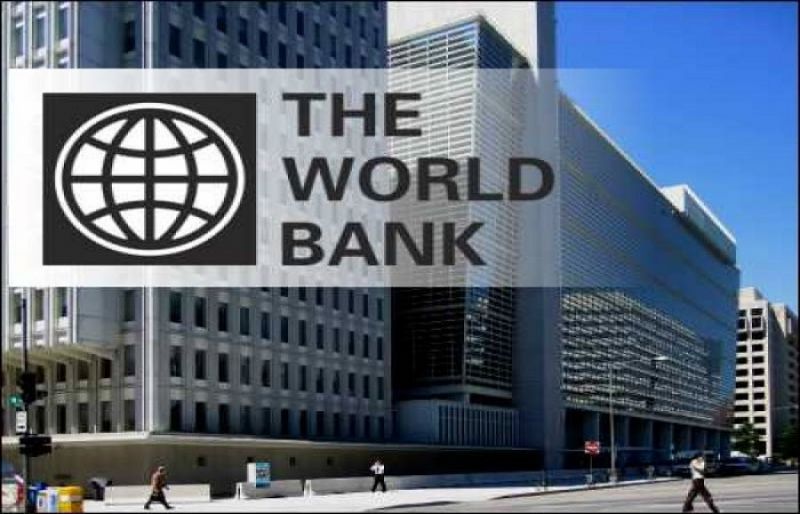The World Bank has accessed the impact of the rampaging COVID-19 pestilence and predicted that 95.7 million Nigerians will live below the poverty line by 2022.
The report, released recently, indicated that without the COVID-19 outbreak, 90 million Nigerians were already predicted to live in extreme poverty of less than a dollar a day but with the dreaded disease, an additional six million people have been added to the number.
It said: “With real per capita GDP growth forecast to be negative in all sectors in 2020, poverty will deepen for the current poor, while those households that were just above the poverty line prior to the COVID-19 crisis will fall into poverty.
“Were the crisis not to have hit (the counterfactual scenario), the poverty headcount rate would be forecast to remain virtually unchanged, with the number of poor people set to rise from 82.9 million today to 85.2 million in 2020and 90.0 million in 2022 due to natural population growth.
“Given the effects of the crisis, however, the national poverty headcount rate is instead forecast to jump from 40.1 percent today to 42.5 percent in 2020 and 42.9 percent in 2022, implying that the number of poor people will be 90.2 million in 2020 and 95.7 million in 2022.
“Thus, taking the difference between these two scenarios, the crisis alone is forecast to drive an additional 4.9 million people into poverty this year, with an additional 5.7 million people living in poverty by 2022.”
The report explained that a disproportionate share of those pushed into poverty by the COVID-19 crisis would likely be those living in urban areas and earning income from services.
The bank further predicted that: “More than one-third of the additional people forecast to be pushed into poverty by the COVID-19 crisis are expected to be in urban areas, while just 15.9 percent of the current poor are urban dwellers.
“Only 13.1 percent of the additional poor people in 2022 are predicted to be in households where the headworks primarily in agriculture, while, today, 56.0 percent of poor Nigerians live in agricultural households.
‘Many Nigerians who are not poor today are vulnerable to falling below the poverty line during the COVID-19 crisis. People living only just above the poverty line are more susceptible to becoming poor when shocks occur. Those with consumption levels between the poverty line and 1.5 times the poverty line may be defined as ‘vulnerable.”
It added that 40.1 percent of Nigerians (82.9 million people) live below the poverty line, while another 25.4 percent (52.6 million people) are vulnerable.
It pointed out that in rural areas, more than three-quarters of the population were either poor or vulnerable, yet even in urban areas— where the poverty headcount rate was far lower at 18.0 percent—around a quarter of the population would be vulnerable to shocks.
The report noted that most Nigerian workers—especially those in poor households—were employed in agriculture or non-farm enterprises, which might be more susceptible to the COVID-19 crisis.
The global financial institution stated that just 16.8 percent of working Nigerians (12.9 million workers) were employed primarily in wage jobs, according to the 2018/19 Nigeria Living Standard Survey (NLSS) while around 42.7 percent work primarily in agriculture (32.7 million workers), and 40.6 percent work primarily in non-farm enterprises (31.1 million workers).
The report observed that social distancing measures posed a serious threat to non-farm enterprises that relied on face-to-face interactions with customers, as well as those agricultural workers that needed to buy inputs and sell produce.

